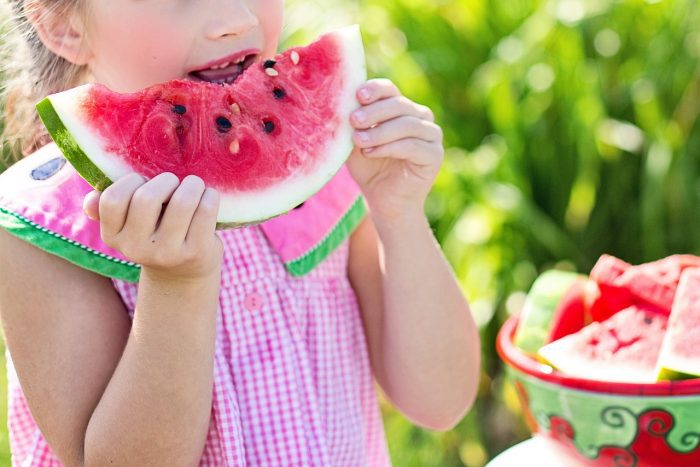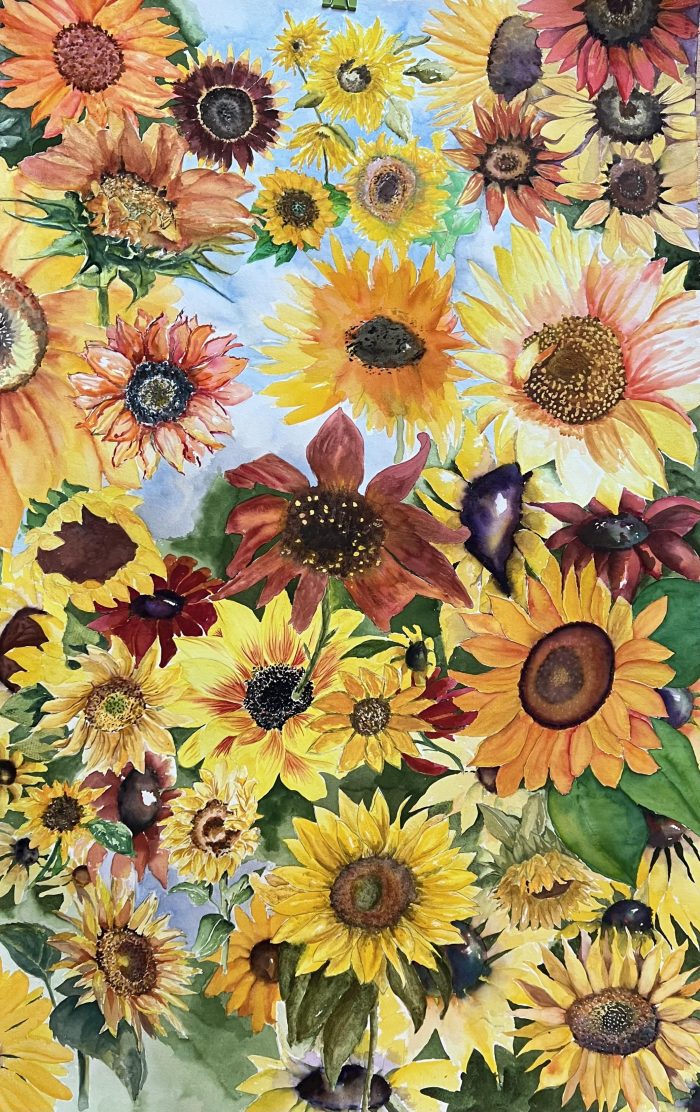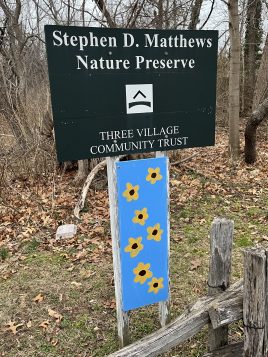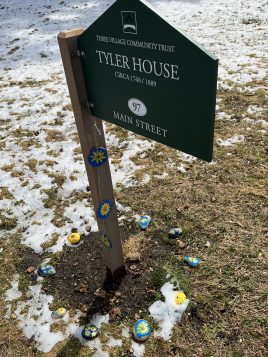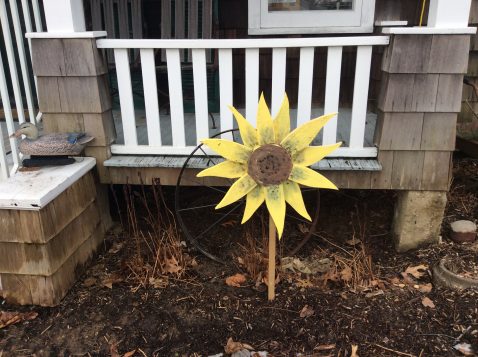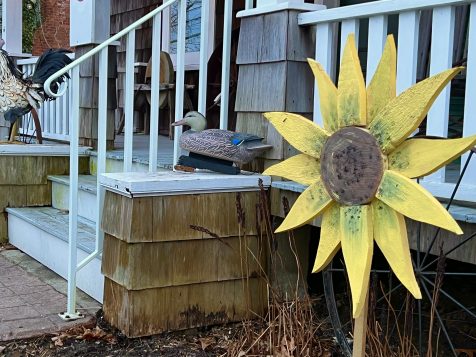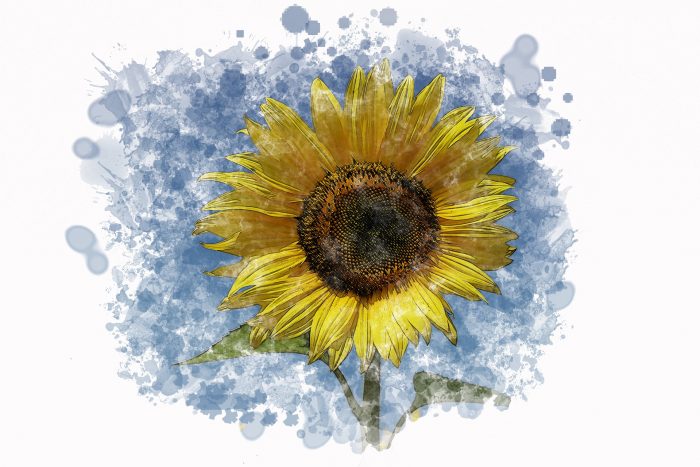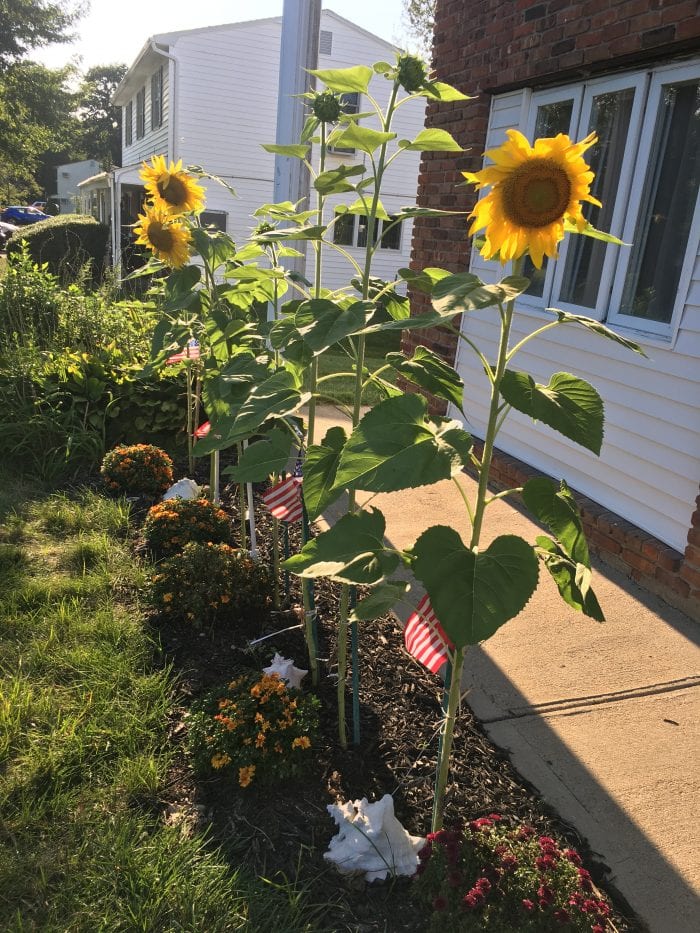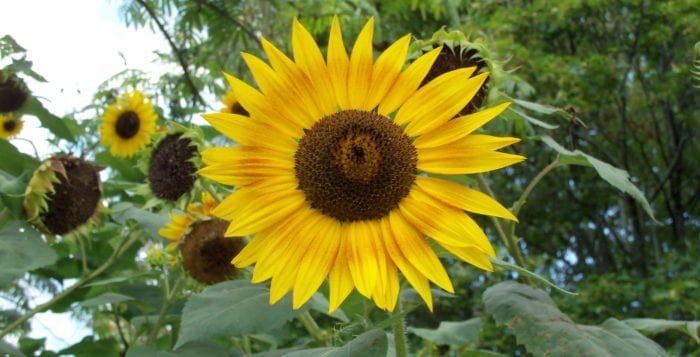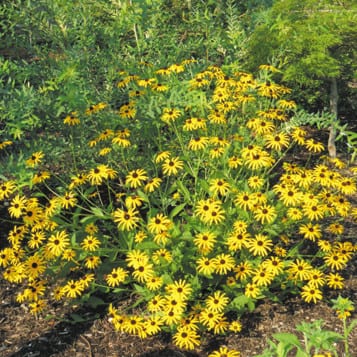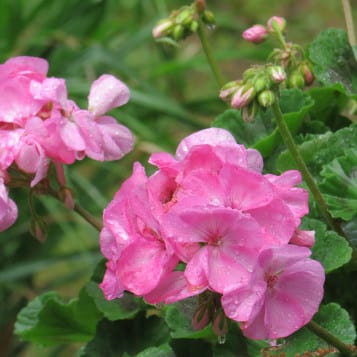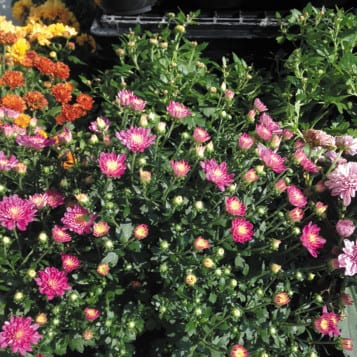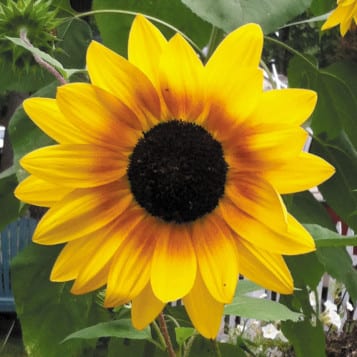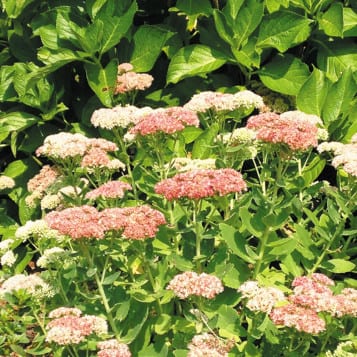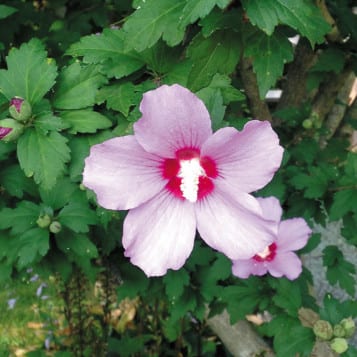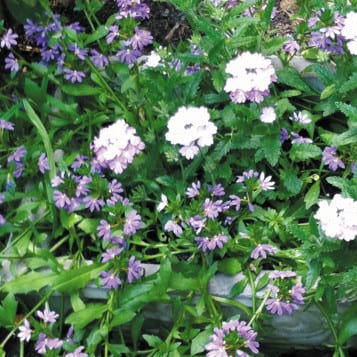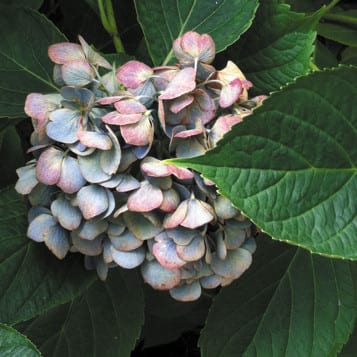Lenny Bruno Farms, 740 Wading River Road, Manorville will host its 2024 Sweet SummerFest, a
celebration of all things sweet, including melons, sunflowers, and sweet corn, on August 3 and 4 from 10 a.m. to 5 p.m.
 The Sweet SummerFest offers a variety of activities and attractions for all ages. Attendees can enjoy live music, tastings, and a range of fun activities including a watermelon eating contest and a foam party. For
The Sweet SummerFest offers a variety of activities and attractions for all ages. Attendees can enjoy live music, tastings, and a range of fun activities including a watermelon eating contest and a foam party. For
children, there will be face painting, hair tinsel, pony rides, jumbo climbers, pedal cars, swings, super cute photo ops, and more.
Visitors will have the opportunity to explore an artisan market full of handmade goods and treats, as well as a selection of food trucks serving delicious dishes. Attendees can also pick their own sunflowers for just $1 per stem and indulge in farm-fresh produce like melons and sweet corn.
For those looking to learn more about farming, hayrides will be available for $5 per person. These rides offer an educational tour around the farm, guided by Dominic Bruno, the farm’s third-generation owner, who will share insights into Lenny Bruno’s planting process and growing techniques.
“We’re thrilled to host the 2024 Sweet SummerFest at Lenny Bruno Farms,” said Dominick Bruno, 4th
generation farmer and owner of Lenny Bruno Farms. “This event is a wonderful opportunity for families and
friends to come together, enjoy some delicious farm-fresh produce, and create lasting memories. We look
forward to welcoming everyone to our farm and sharing the beauty of our harvest.”
Additional activities for adults and teens will also be available for an extra fee, including live axe throwing,
henna art, hair tinsel, permanent jewelry, and more.
Admission is $10 per person (children ages 2 and under are free). For more information and updates about the full line-up of events, visit www.lennybrunofarms.com/events.
About Lenny Bruno Farms:
Lenny Bruno Farms is a family-owned and operated vegetable farm for over 90 years that takes pride in
cultivating the finest produce and creating delightful experiences for the community. Founded by Italian immigrant Dominick Bruno, the farm has a rich history and a strong commitment to providing fresh, high-
quality produce to its patrons. With a commitment to sustainable farming practices and a passion for sharing their love of agriculture, Lenny Bruno Farms has become a beloved destination for locals and visitors alike.

